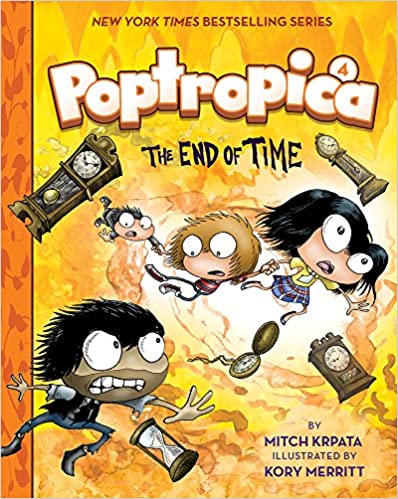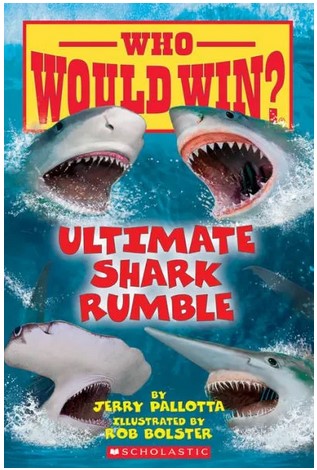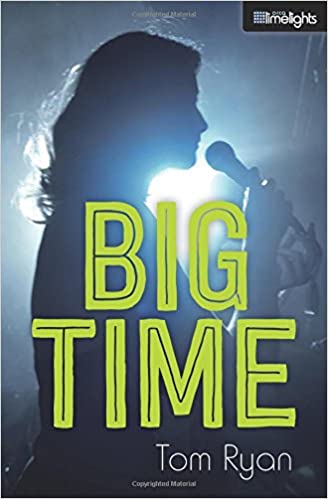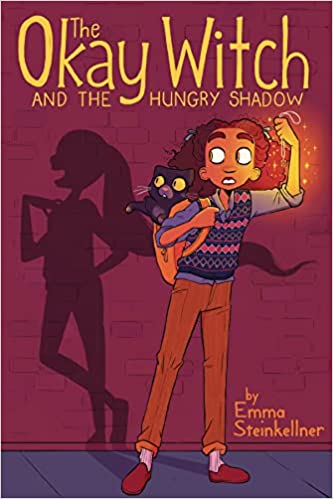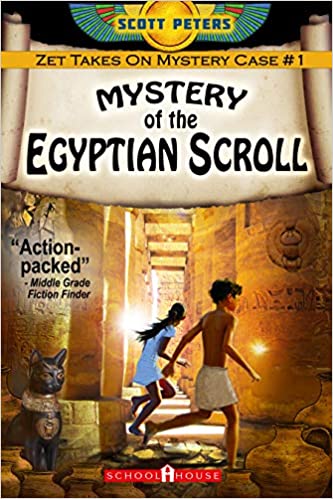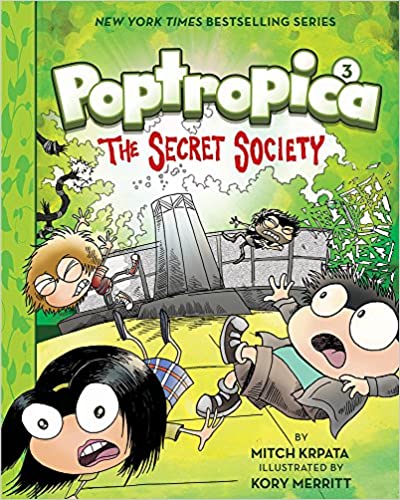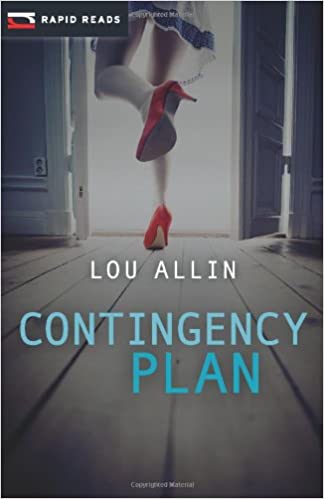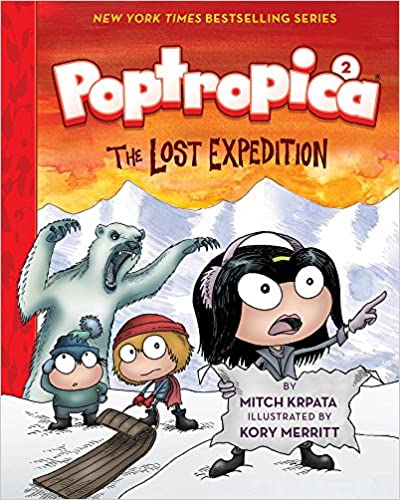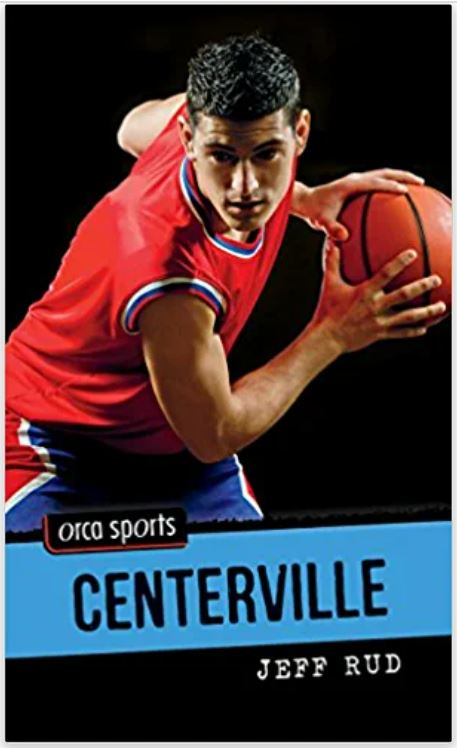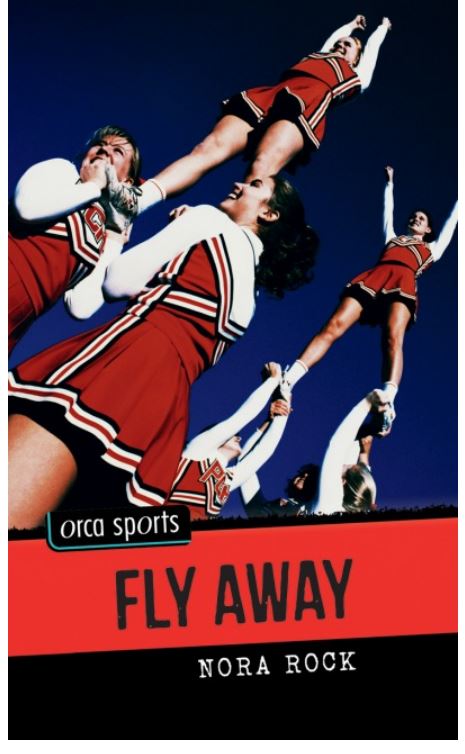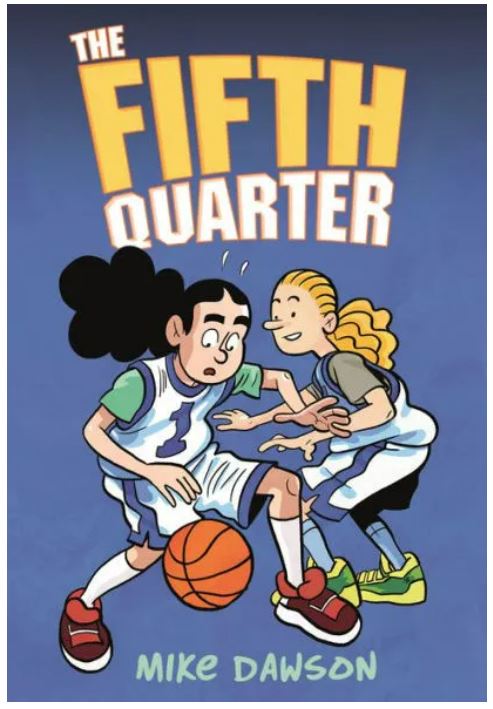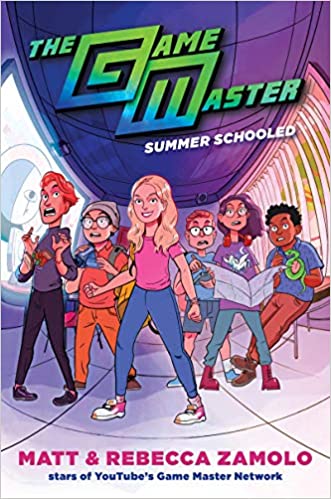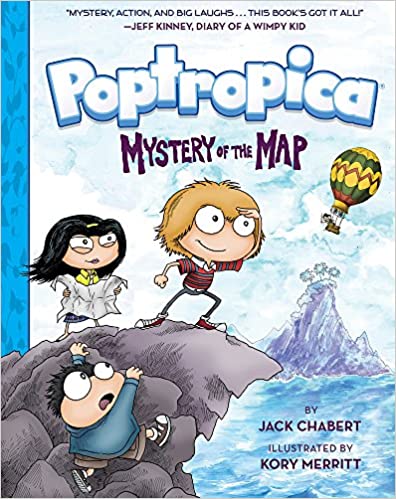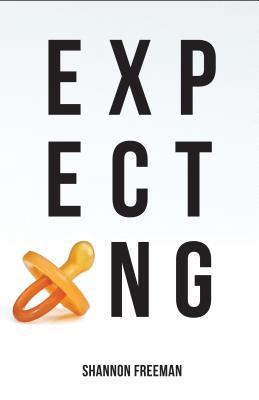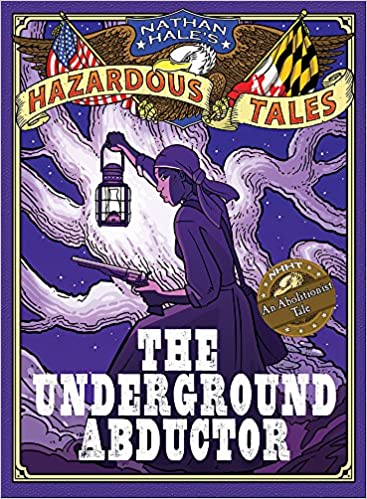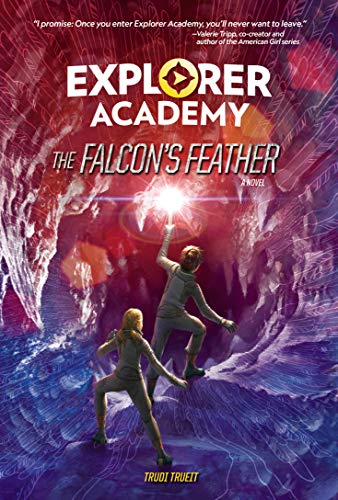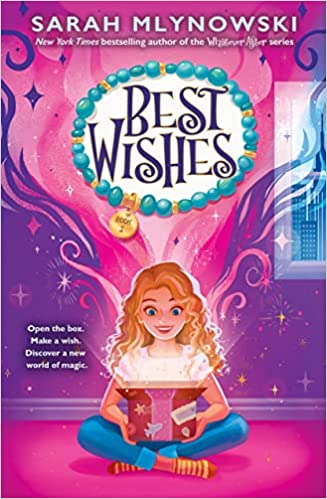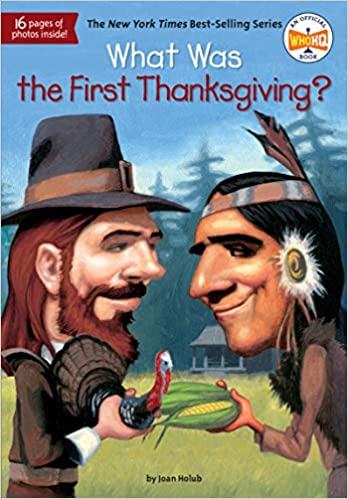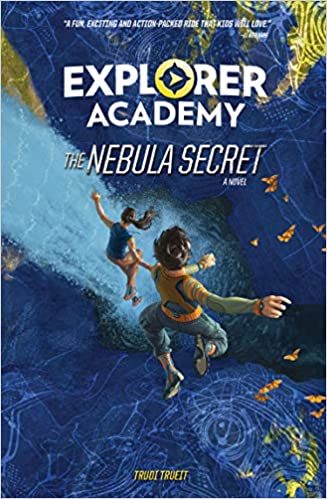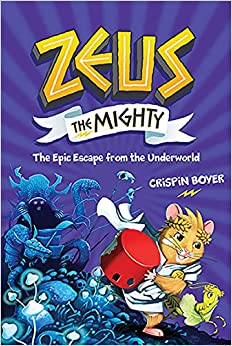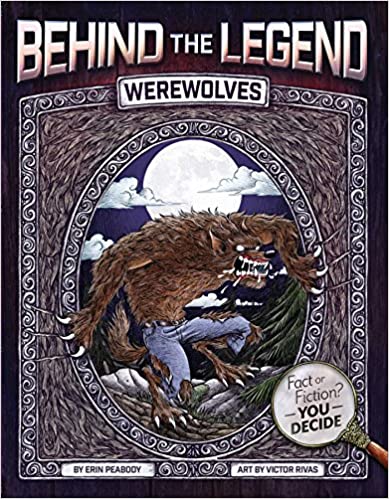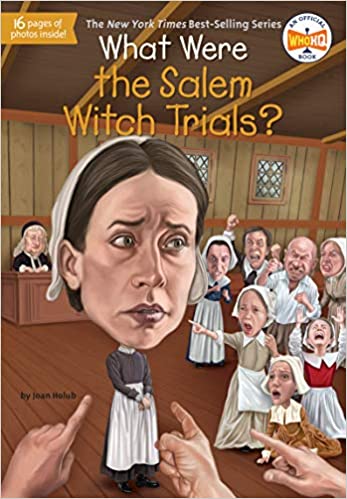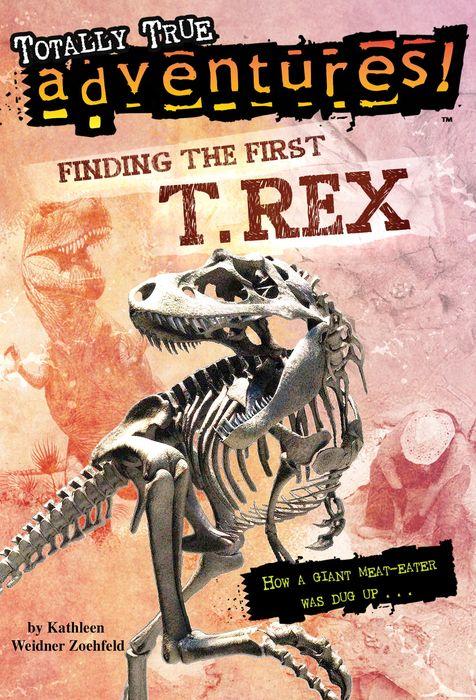Following the epic conclusion of The Secret Society, Oliver, Mya, and Jorge find themselves at an impasse: The Protectors’ headquarters lie in ruins; the nefarious Octavian is nowhere to be found; and they have no idea how their tampering with the timeline of Poptropica might affect history.
As our heroes band together to save the mysterious, uncharted island world and find a way home, they are reminded of crucial events from their past—including how they were transported to Poptropica in the first place. The trio suddenly finds itself in the heart of Poptropica, where the Protectors discover the nexus of all time and are offered the opportunity to see what their lives would be like if they could change just one thing from their pasts. But will they choose to go down these alternate paths?
The End of Time jumps back and forth between the present and the past. The story quickly tells what life was like before Oliver, Mya, and Jorge went to Poptropica. Because of the difficulties the trio faced, the book takes on a more serious tone. Before Poptropica, Mya struggles to deal with her mother’s death. Oliver wonders why his father disappeared from his life. Jorge doesn’t have any friends. Through their experiences, the kids realize “We’ve all lost something along the way. But we’ve gained even more. A friend. A family. Through it all, we’ve become ourselves.”
As the last book in the series, The End of Time, ties up the loose ends and explains the characters’ backgrounds. However, jumping from different time periods and seeing alternative realities makes the plot more complex and readers may have a difficult time understanding the significance of some of the events. The story explores the importance of overcoming grief and accepting things as they are—not as we wish they would be. The graphic novel strays away from the humor and action of the previous books, and instead, takes on a serious tone to get its message across.
The conclusion is somewhat bittersweet. Oliver, Mya, and Jorge realize the importance of their friendships, return to their own world, and are happily reunited with their parents. Even though Octavian is portrayed as a villain throughout the story, it’s hard not to feel sorry for him. While some of his actions are not acceptable, he is trying to save his love. While this reinforces the idea of accepting a loss, many readers will not understand the message.
Each page has brightly colored illustrations that use fun elements such as onomatopoeia—”Krash! Smash! Krak!”—as well as comical characters with oversized eyes. The illustrations clearly show the characters’ varying emotions such as annoyance, fear, and confusion. Some of the pages let the illustrations tell the story without text. Other pages contain up to nine sentences with easy-to-understand vocabulary. Most of the sentences are super short, which makes the book accessible to most readers.
The Poptropica Series is a fast-paced graphic novel that takes an adventurous trip into the past. With plenty of humor and silly illustrations, the series will entertain readers. If you’re looking for another funny graphic novel that will leave readers smiling, check out Pets on the Loose! by Victoria Jamieson.
Sexual Content
- None
Violence
- Octavia goes back in time to Pompei in order to save the woman he loves. Men in space suits appear and tear Octavian away. Octavian watches the volcano erupt and he knows his love has died.
- Jonas, a protector of Poptropica, is injured in an explosion. The explosion was described in the previous book.
- In order to make friends, Jorge joins a group of mean boys. They take a child’s toy away and throw it into a mud puddle.
Drugs and Alcohol
- None
Language
- Dang is used twice.
- Heck is used three times.
- The characters call each other names such as cheater.
- In the past, two mean boys make fun of Jorge and call him a baby, a dweeb, and a dork.
- In an alternate reality, Oliver gets a glimpse of his father. Oliver realizes, “my dad is kind of a jerk.”
Supernatural
- None
Spiritual Content
- None
